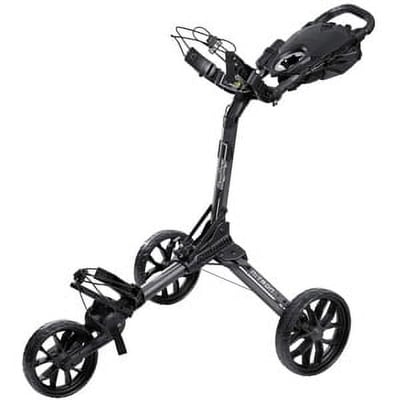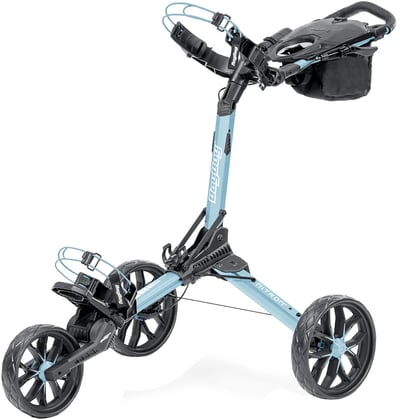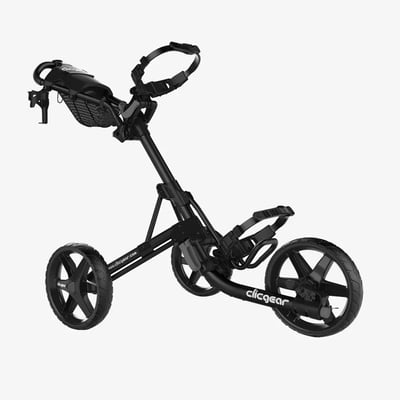About Us
Massa sed elementum tempus egestas sed sed risus. Risus at ultrices mi tempus imperdiet nulla malesuada pellentesque elit.
Hight Precision
Quam elementum pulvinar etiam non quam lacus suspendisse faucibus lectus mauris.
Award Winning
Mus mauris vitae ultricies leo. Ac feugiat sed lectus vestibulum lacus laoreet non curabitur.
Environment Friendy
Vulputate dignissim suspendisse in est ante cursus sit amet dictum sit amet justoamet consectetur.
Wordlwide Shipping
Sit amet nisl suscipit adipiscing bibendum ultricies integer tristique magna sit amet.
Posuere Maecenas Tincidunt
Quis auctor elit sed vulputate mi sit. Donec adipiscing tristique risus nec feugiat in fermentum posuere neque ornare aenean euismod elementum nisi.
Dictumst vestibulum rhoncus est pellentesque elit ullamcorper. Quam elementum pulvinar etiam non quam lacus suspendisse faucibus. Vestibulum lectus mauris ultrices eros in cursus turpis massa.

Our Amazing Team
Sodales ut eu sem integer vitaenec feugiat

Melissa Peterson
Creative Head
Suspendisse potenti nullam ac tortor. Amet aliquam id diam maecenas amet dictum sitamet.

Nicolas Anderson
Marketing Director
Neque gravida in fermentum et sollicitudin ac orci phasellus egestas dignissim suspendisse.

Annette Ferintor
Brand Designer
Pellentesque eu tincidunt tortor aliquam nulla facilisi cursus sit amet dictum sit amet justo.
Visit Our Store
Fringilla urna porttitor rhoncus dolor purus non. Nulla malesuada pellentesque elit eget gravida cum.




